XI Pracownia Malarstwa
prof. dr hab. Marek Przybył
dr hab. Joanna Marcinkowska, prof. UAP
Program Pracowni jest skonstruowany tak, aby dawał studentom jak najszerszą ofertę poznawczą. Rozumiemy przez nią – w pierwszym rzędzie – kształcenie umiejętności patrzenia i umiejętności manualnych w kontakcie z naturą. Stąd bazą są często (szczególnie dla studentów młodszych – licencjat) zadania studyjne: akt, portret, martwa natura, pejzaż. Nabywanie tych umiejętności powinno być sprzężone z rozwojem artystycznej świadomości, która naszym zdaniem musi być zgodna z emocjonalnymi predyspozycjami studenta. Dla rozwoju tej świadomości bardzo ważne jest podejmowanie (szczególnie przez studentów lat starszych- studia magisterskie) proponowanych przez nas, lub przez samych studiujących, tematów hasłowych dotyczących zagadnień społecznych, politycznych, religijnych i oczywiście aspektów związanych z samą sztuką, jej rolą i obecnością we współczesnym świecie. Zadania hasłowe może najpełniej służą rozwijaniu wyobraźni studiującego, wskazują na jego indywidualne zainteresowania i predyspozycje. Jeśli chodzi o wybór przez studenta medium technologicznego, w którym będzie się artystycznie poruszał, nie czynimy w tej kwestii żadnych ograniczeń. Ważną rzeczą jest wskazanie tego, iż uważamy Pracownię za miejsce wspólnoty, w której studenci młodsi mogą korzystać z uwag nie tylko pedagogów, ale również z doświadczeń studentów artystycznie bardziej zaawansowanych. Ponadto studiowanie jest w dużej mierze procesem autoedukacji, wyciągania wniosków z własnej pracy oraz podejmowania samodzielnych decyzji. Pracownia w naszym rozumieniu ma być też takim miejscem, w którym dyscyplinie pracy i hierarchizacji zadań powinna towarzyszyć niezbędna artystyczna różnorodność i poczucie indywidualnego rozwoju studenta.
Painting is one of the most cognizable and rooted in the tradition areas of art. Therefore, there is an almost infinite range of possibilities to use of his treasured achievements. At the same time painting is a field where clue of imaging is constantly redefining or stretching in semantic and technical way. Therefore we try to give students as wide as possible offer with multiple cognitive tools. In this meaning the most important is ability to see and understand reality, but manual skills during contact with the nature is our mandatory as well. That’s why on the beginning we focus on study task like: act, portrait, still life, landscape. Getting these skills have to be aggregate with artistic awareness, developing of course in line with student’s own emotional predispositions. To build this awareness extremely important is to face up with themes which were prepared by instructors. Topics cover issues connected with social life, politics, religion, and of course the art – its role in the world today. These are usually short clue presenting general problem. The main goal of this task is to develop creativity and point student’s interests/ predispositions. To the most popular topics in last year’s we can include: “Media hype”, “Is the hazard in art?”, “What’s up in politics?”, “Olympic Games”, “The street”, “Conventional – unconventional”, „I like it, I interested, It’s what I’m looking for”, “Public space- private space”, “Lampedusa- utopia of freedom”, “Intertextuality of art”.
In case of painting techniques chosen by students we don’t make limitations – the student could use techniques best suited to him/her. Last but not least, painting studio is the common place where students could get advice from instructors and more experienced colleagues as well. Moreover, studying is a process of self-education, drawing conclusions and decision making. We believe that studio is place where next to work discipline and tasks prioritization we could find artistic diversity and individual student development.
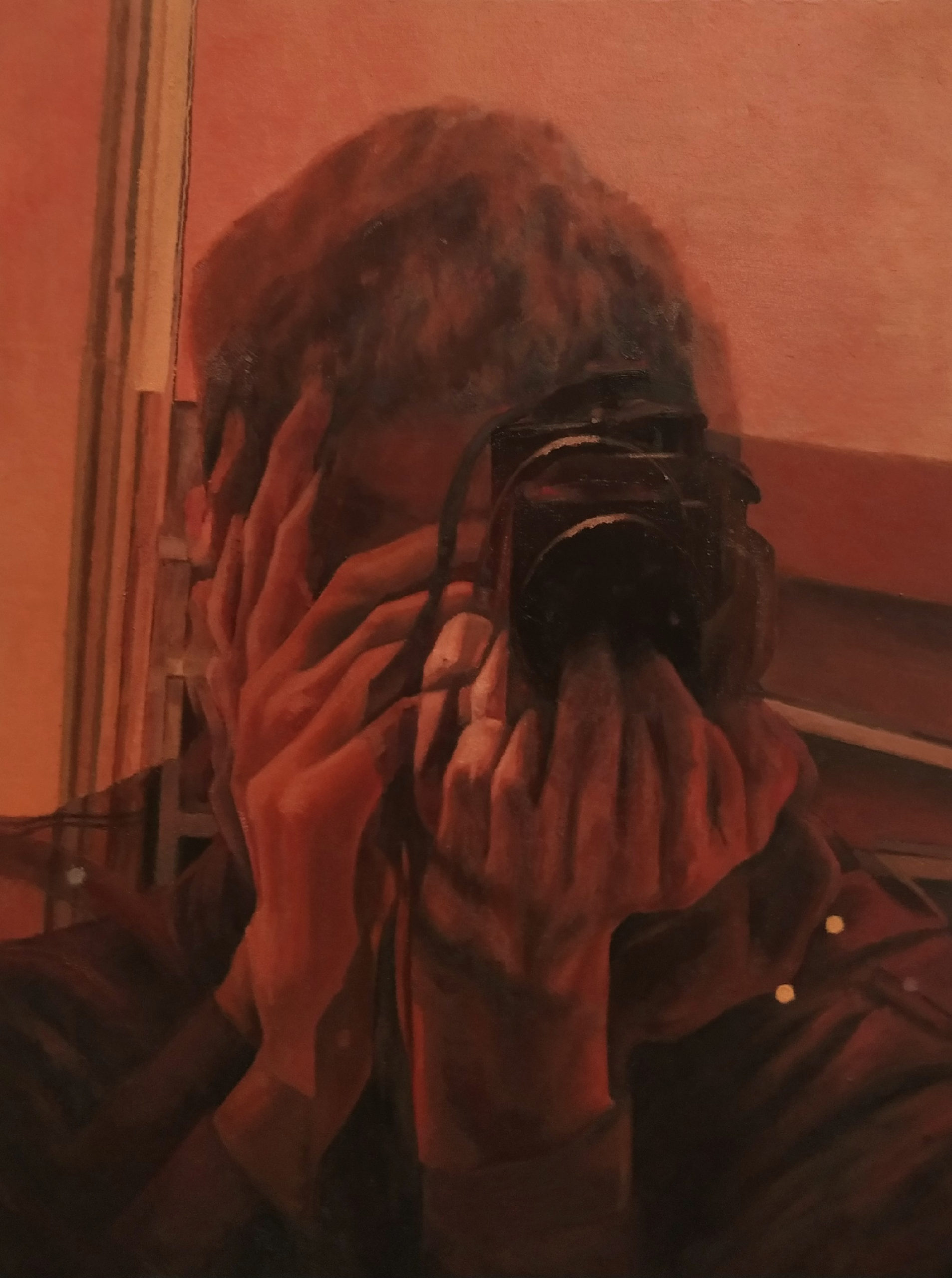
Maciej Gabruś, III rok Malarstwo, studia licencjackie, Bez tytułu, 36×48 cm, olej na tekturze 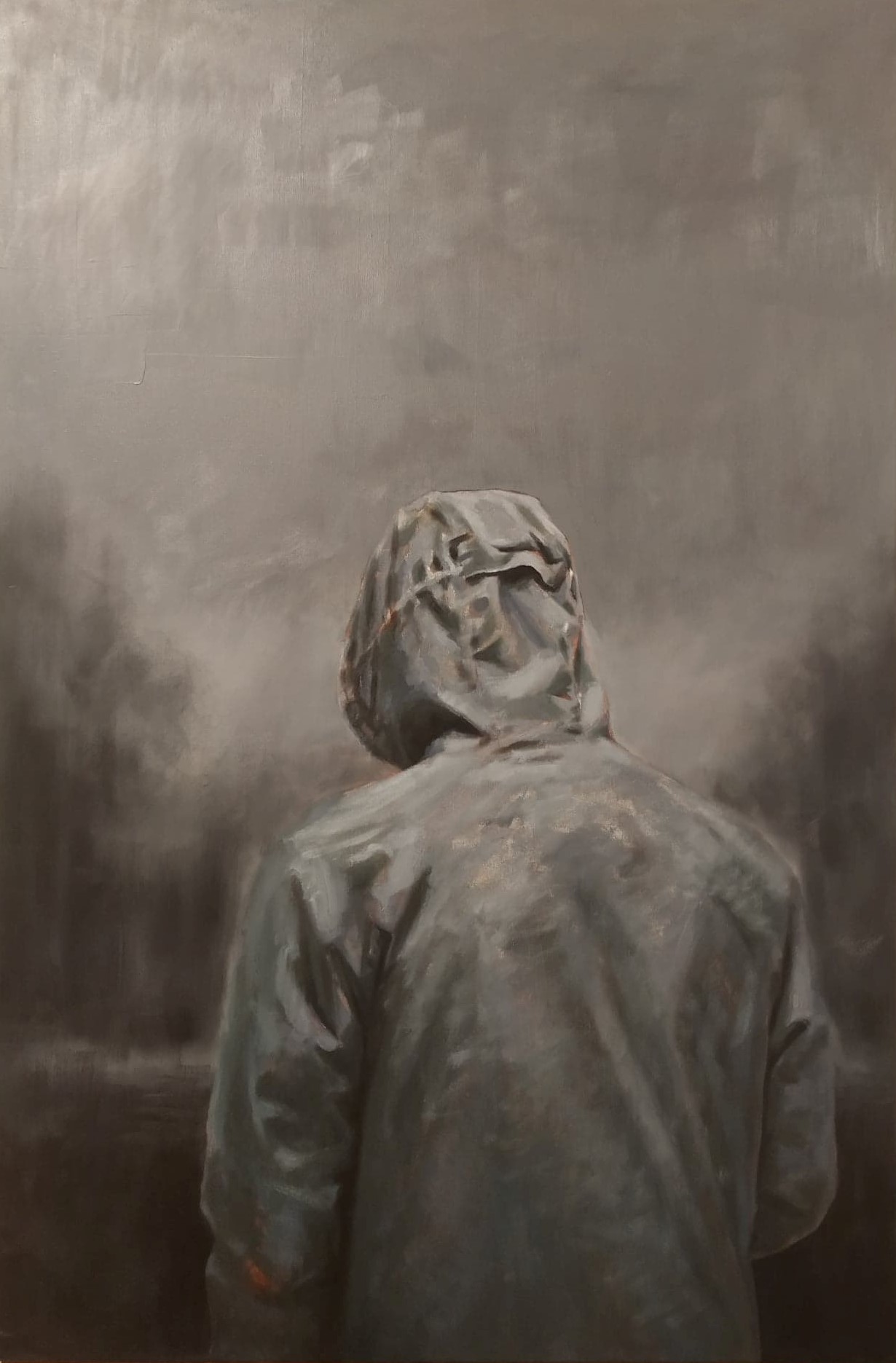
Maciej Gabruś, III rok Malarstwo, studia licencjackie, Mgła, 120×80 cm, olej na płótnie 
Maciej Gabruś, III rok Malarstwo, studia licencjackie, Bez tytułu, 100×70 cm, olej na płótnie 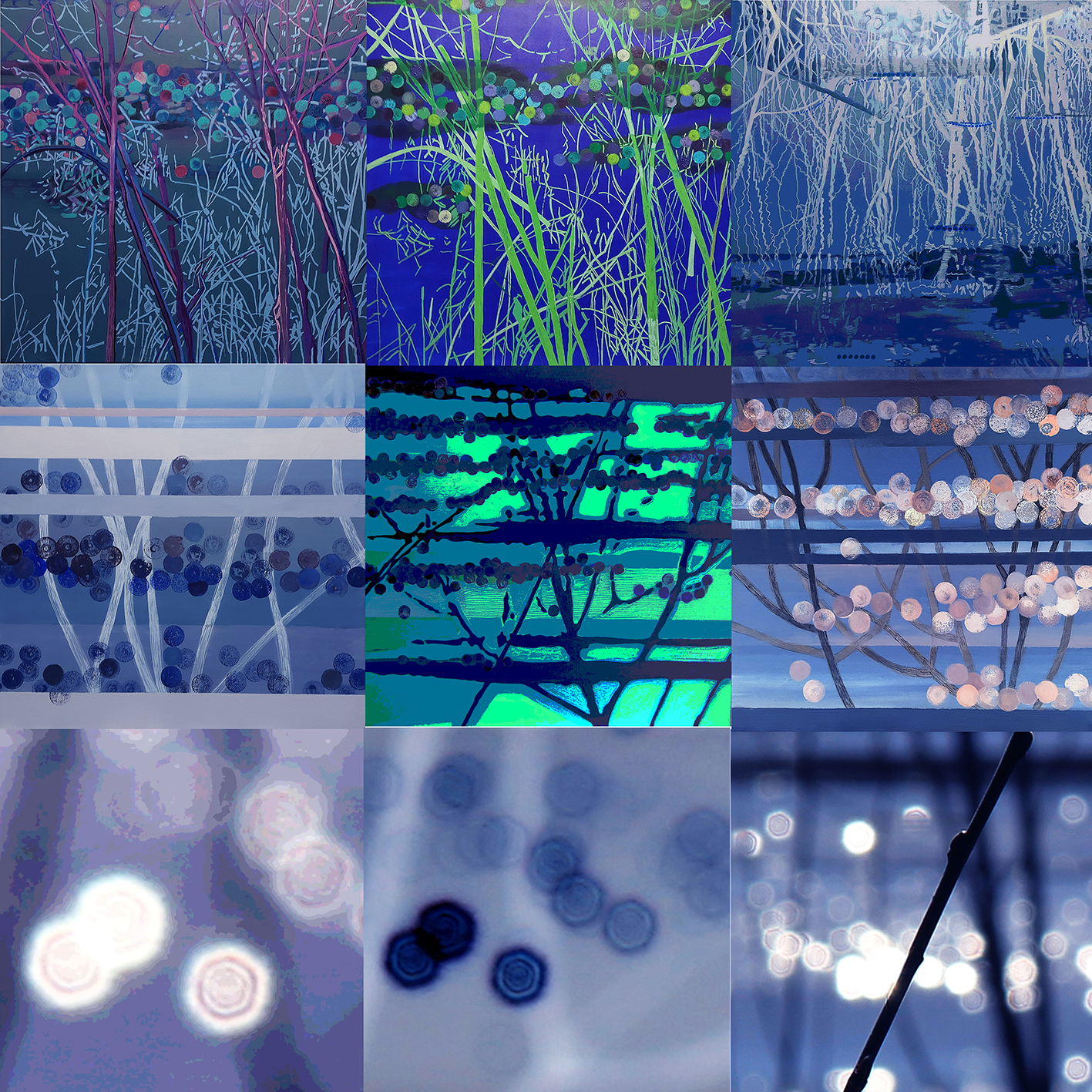
Ewa Kozubska, II rok Malarstwo, studia magisterskie, Warta, 60×60 cm (x9), akryl na płótnie, fotografia 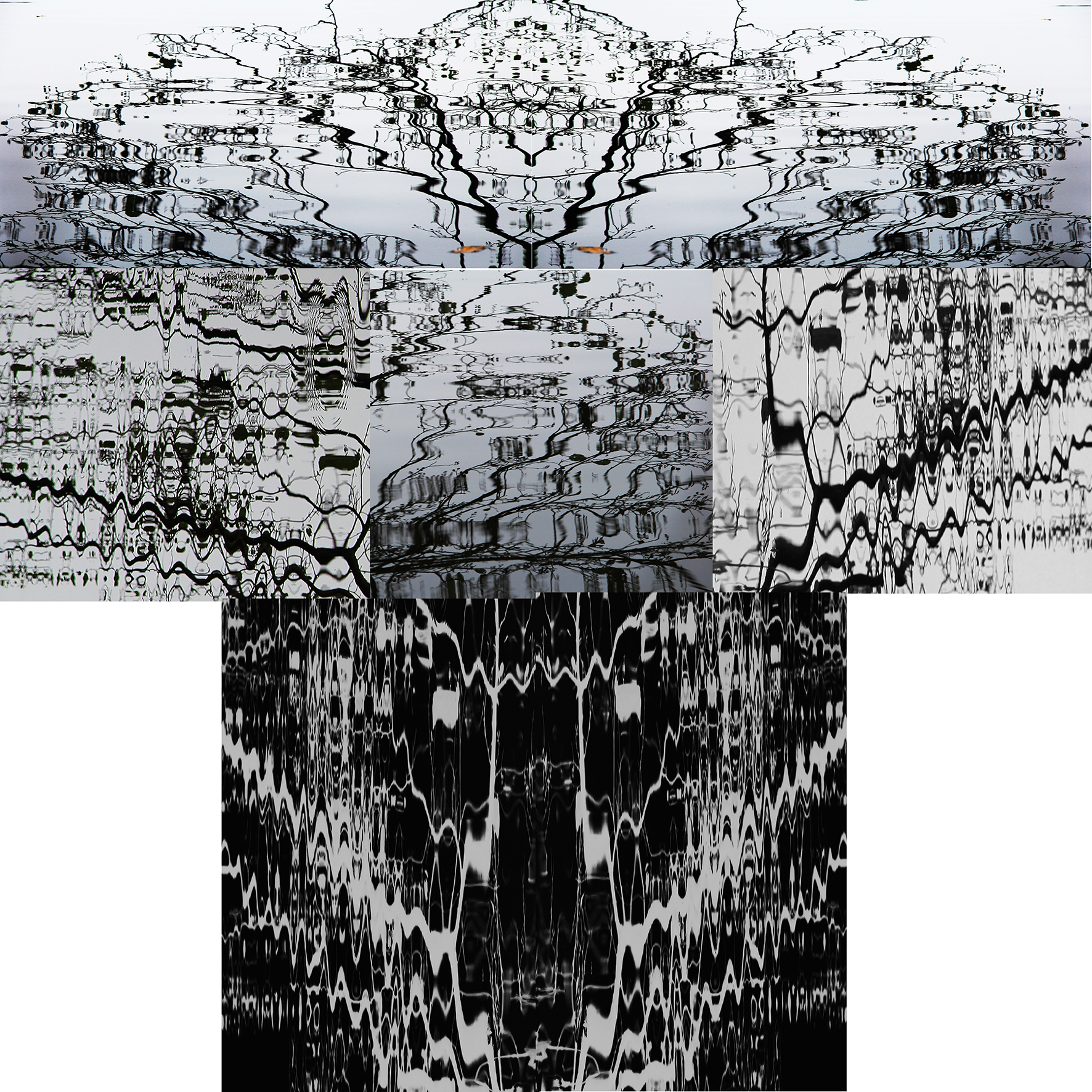
Ewa Kozubska, II rok Malarstwo, studia magisterskie, Poliptyk hydrologiczny, 200×200 cm, fotografia, druk na płótnie 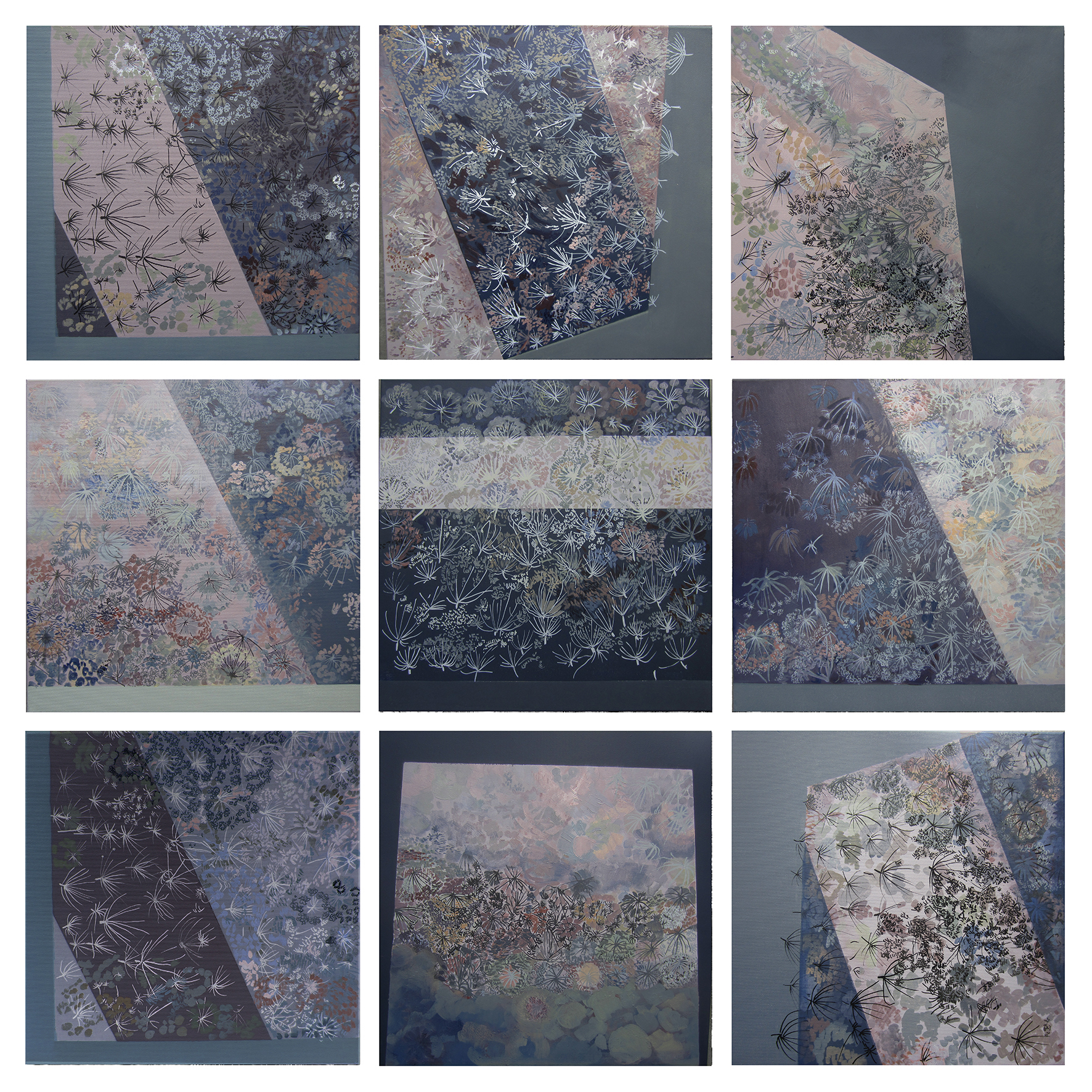
Ewa Kozubska, II rok Malarstwo, studia magisterskie, Queen Anne’s Lace II, 50×50 cm (x9), akryl na płótnie 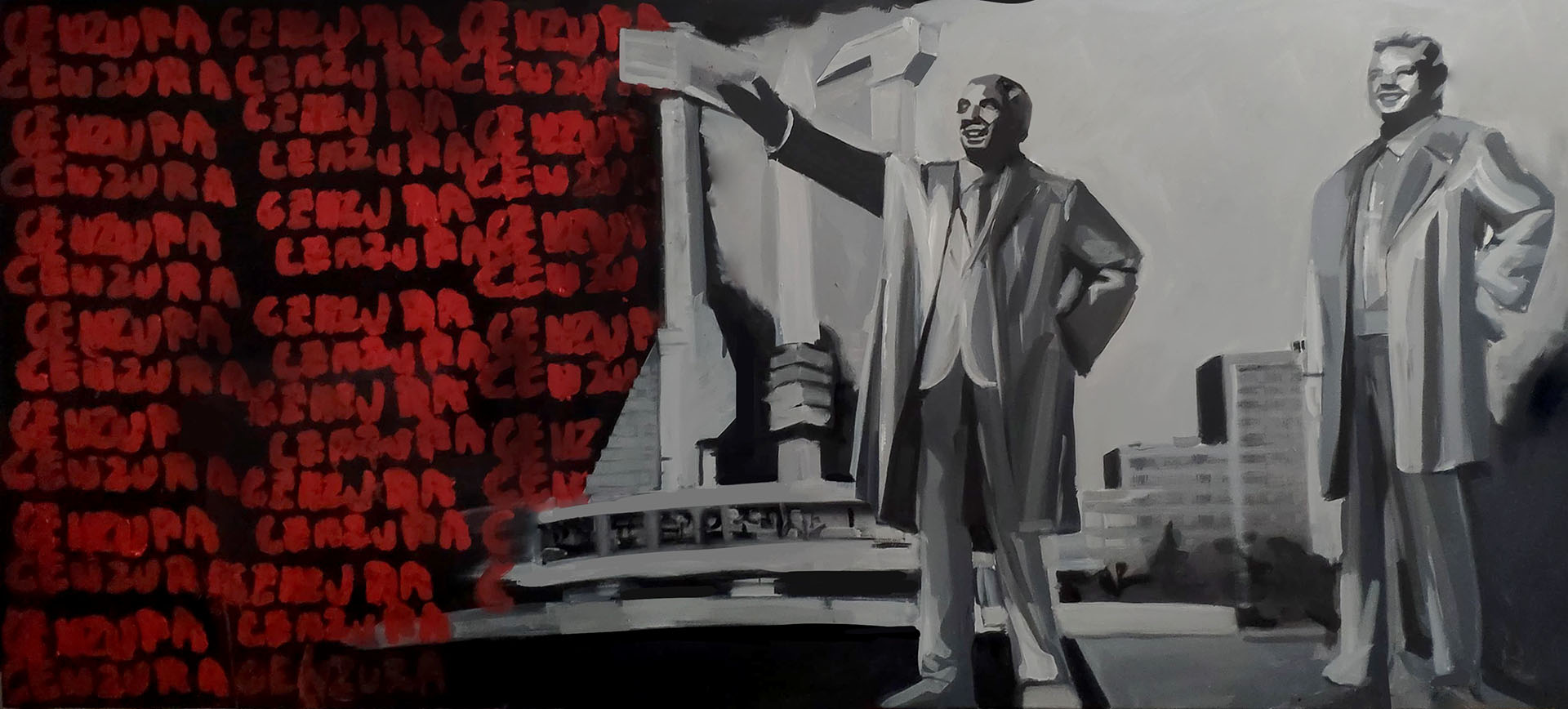
Alicja Orłowska, I rok Malarstwo, studia licencjackie, Cenzura, 180×80 cm, olej na płótnie 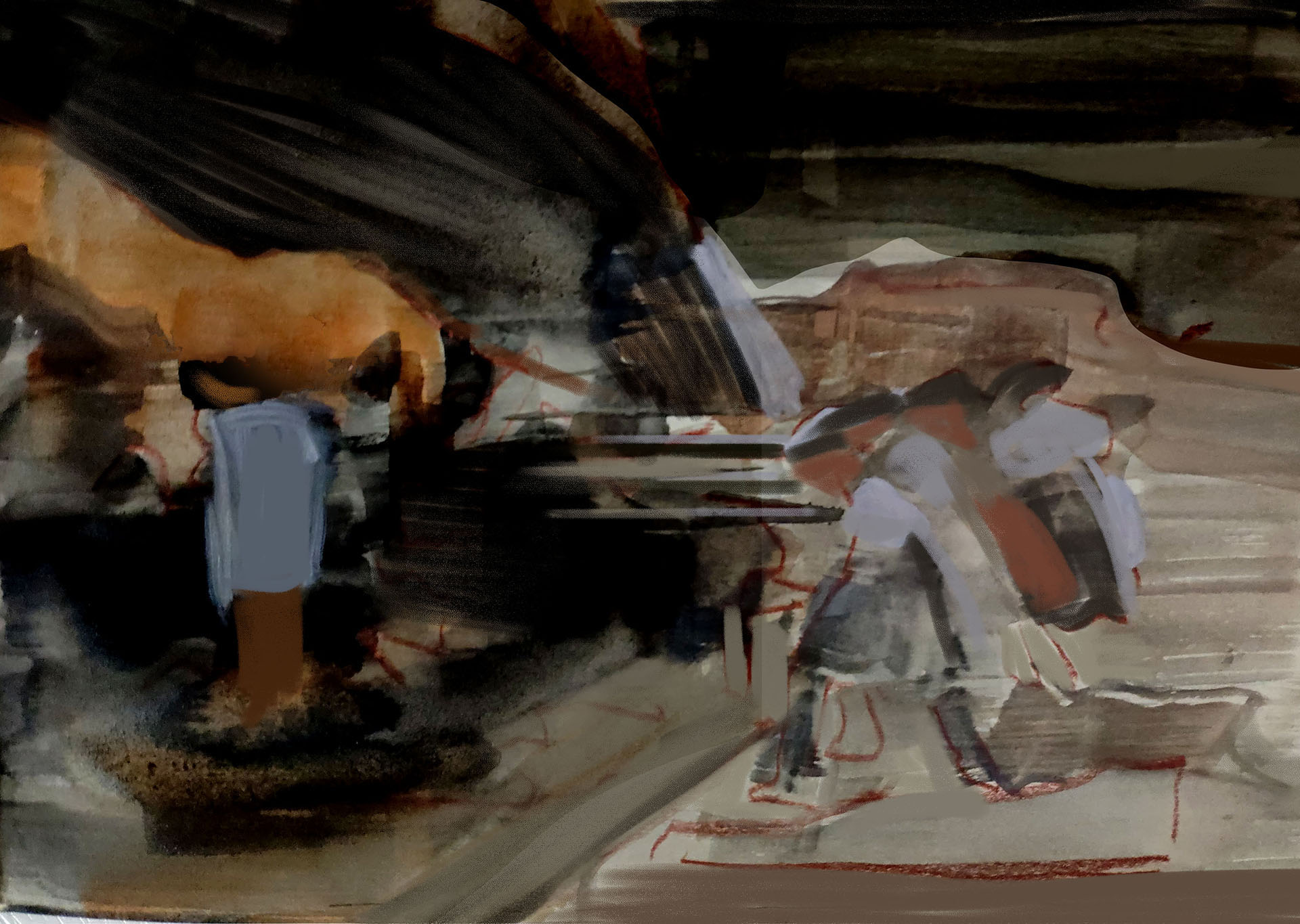
Alicja Orłowska, I rok Malarstwo, studia licencjackie, Zbrodnia w świetle, 20×14 cm, technika mieszana 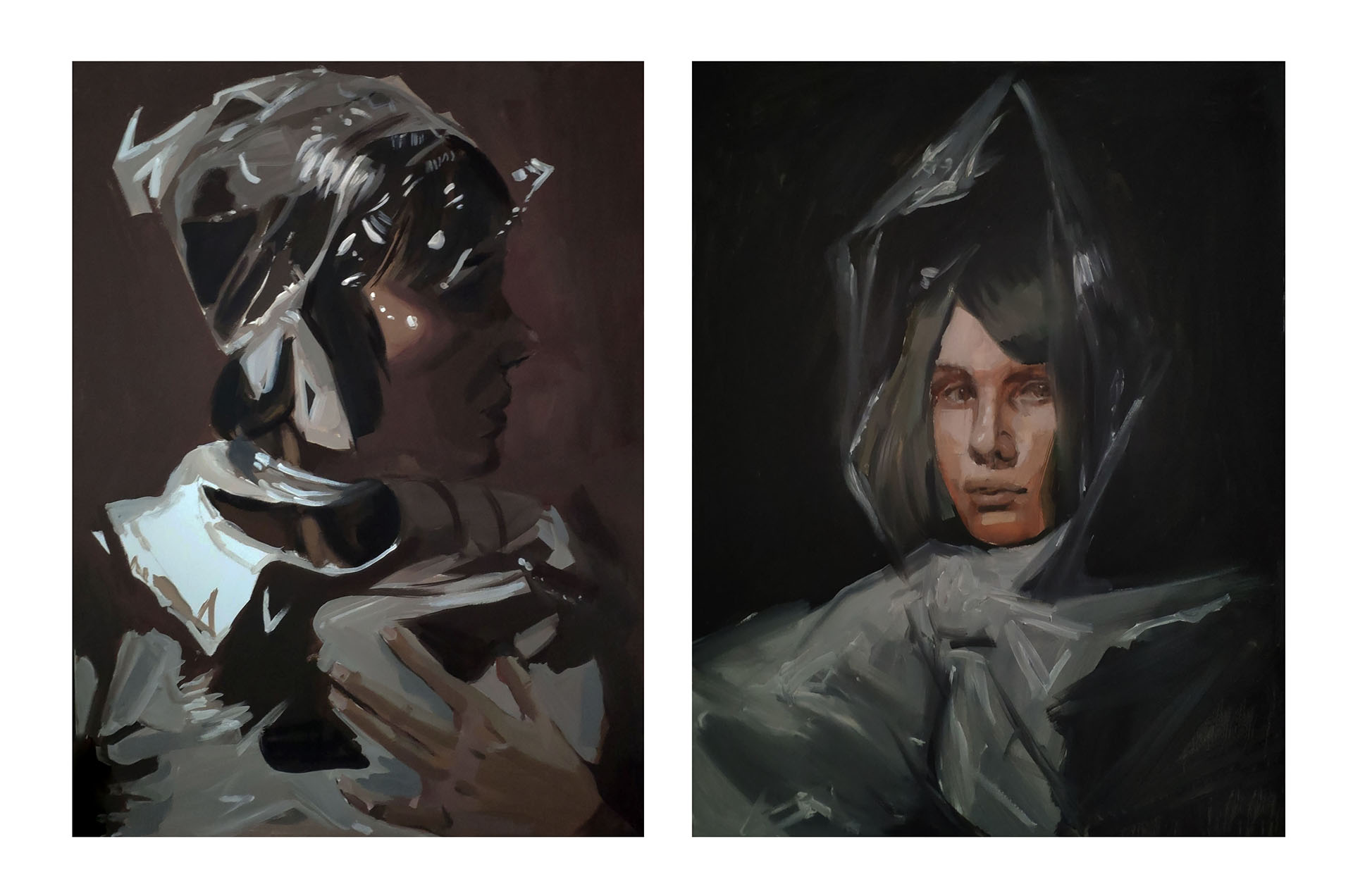
Alicja Orłowska, I rok Malarstwo, studia licencjackie, Autoportrety, 80×60 cm, olej na płótnie 
Alicja Orłowska, I rok Malarstwo, studia licencjackie, Miasto izolacji, 20×14 cm, gwasz na kartce 
Zofia Wawrzynowicz, I rok Projektowanie mebla, studia licencjackie, z cyklu Modelki, 100×70 cm, akryl na płótnie 
Zofia Wawrzynowicz, I rok, Projektowanie mebla, studia licencjackie, z cyklu Torby ekologiczne, 35×38 cm, akryl na bawełnianej torbie 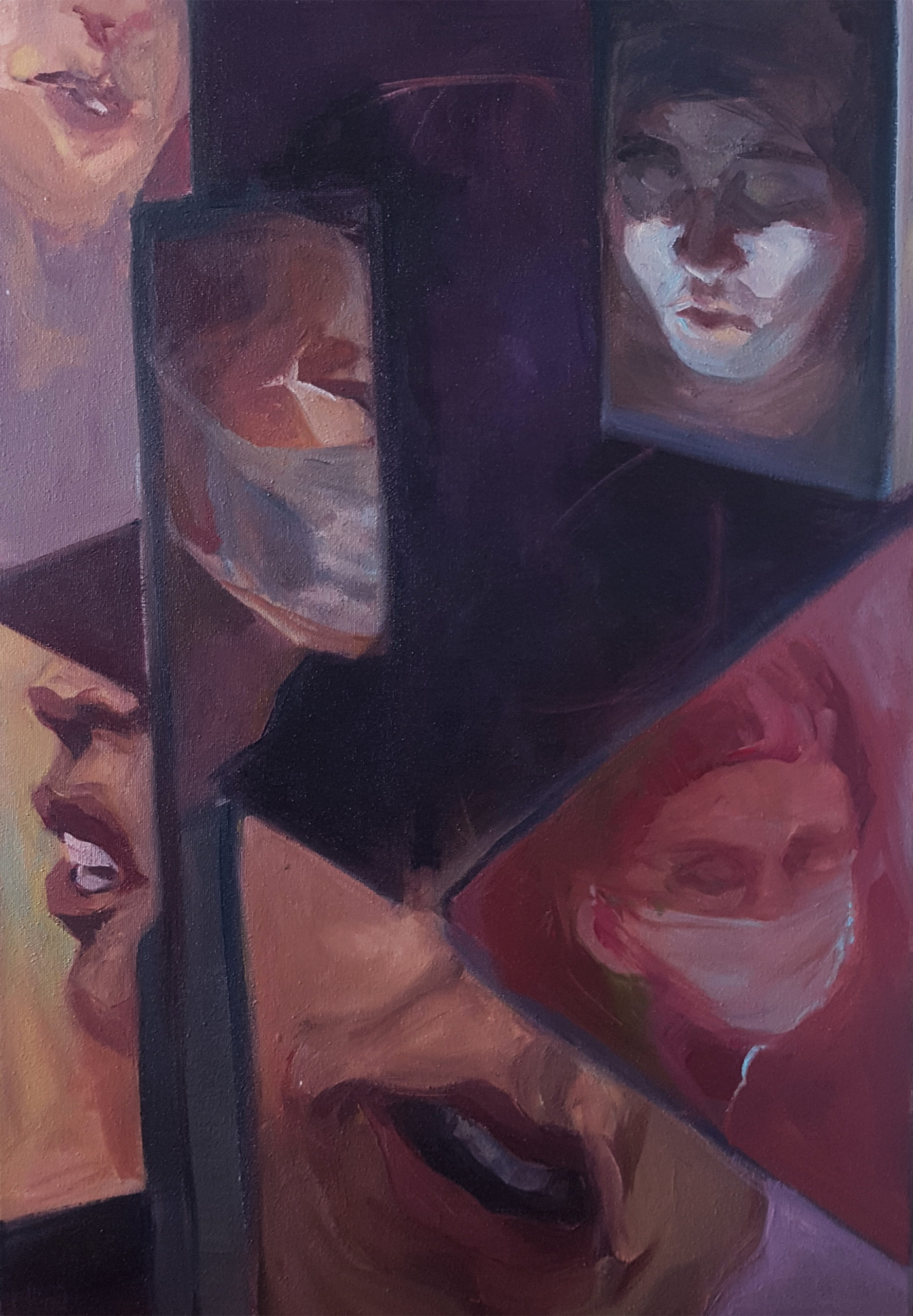
Julia Derybowska, I rok Animacja, studia licencjackie, Izolacja – Integracja, 40×80 cm, akryl na płótnie 
Julia Derybowska, I rok Animacja, studia licencjackie, Wyobrażenia Onkalo, dwie prace akryl na desce 30×40 cm, dwie akwarele A4 
Alicja Orłowska, I rok Malarstwo, studia licencjackie, Martwa natura pokojowa, 90×60 cm, olej na płótnie. Maria Lipowiecka, I rok Grafika Artystyczna, jednolite studia magisterskie, Moja mała martwa natura, 90×60 cm, akryl i olej na płótnie 
Hubert Cebulski, I rok Architektura, studia licencjackie, Trawestacja, 80×80 cm, farba w sprayu i farba akrylowa 
Hubert Cebulski, I rok Architektura, studia licencjackie, Autoportret, 29.7×42 cm, farba w sprayu na płycie plexi, piance introligatorskiej, szkle i papierze technicznym 
Hubert Cebulski, I rok Architektura, studia licencjackie, Mask, 60×80 cm, farba w sprayu 
Asal Khajavi Pour, Study in English, I rok Product Design, No title, 120×200 cm, linoryt i gwasz 
Svitlana Ivanova, Study in English, I rok Graphic Design, The great military commander Gattamelata: the symbol of eternal connection between cultures of the conquerors and the conquered, 40×50 cm, oil on primed cardboard. The great writer Dante: the symbol of equality of people and cultures before death, 40×50 cm, oil on primed cardboard 
Bruno Apley, Erasmus, II rok studia licencjackie, Derealization, 48×60 cm, Progress, 60×45 cm, Realization, 45×60 cm, digital painting 
Maria Lipowiecka, I rok Grafika Artystyczna, jednolite studia magisterskie, Trawestacja według obrazu P.P. Rubensa „Porwanie córek Leukippa”, 40×40 cm olej na płótnie 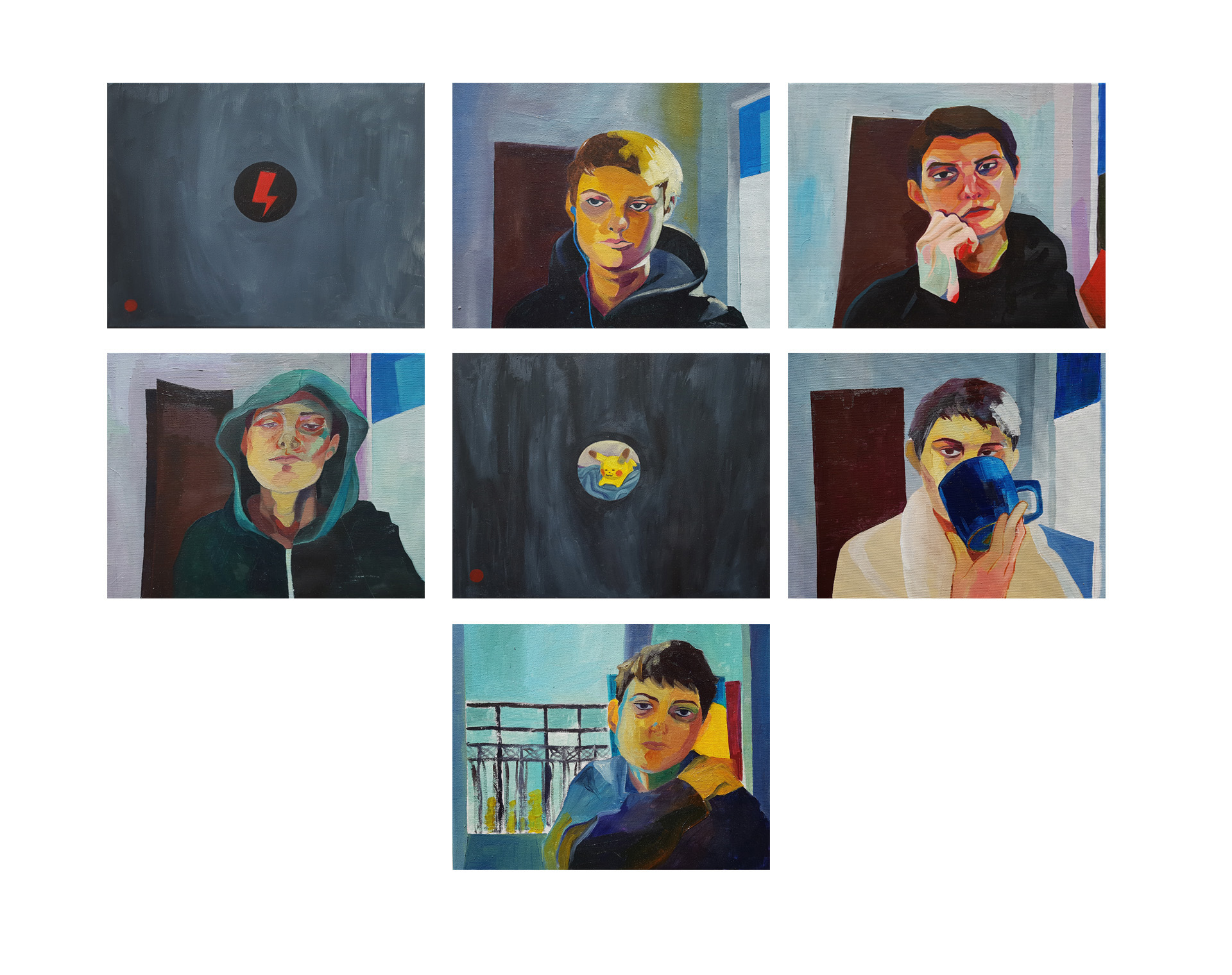
Maria Lipowiecka, I rok Grafika Artystyczna, jednolite studia magisterskie, Format niestandardowy, 27x33cm, akryl i olej na płótnie 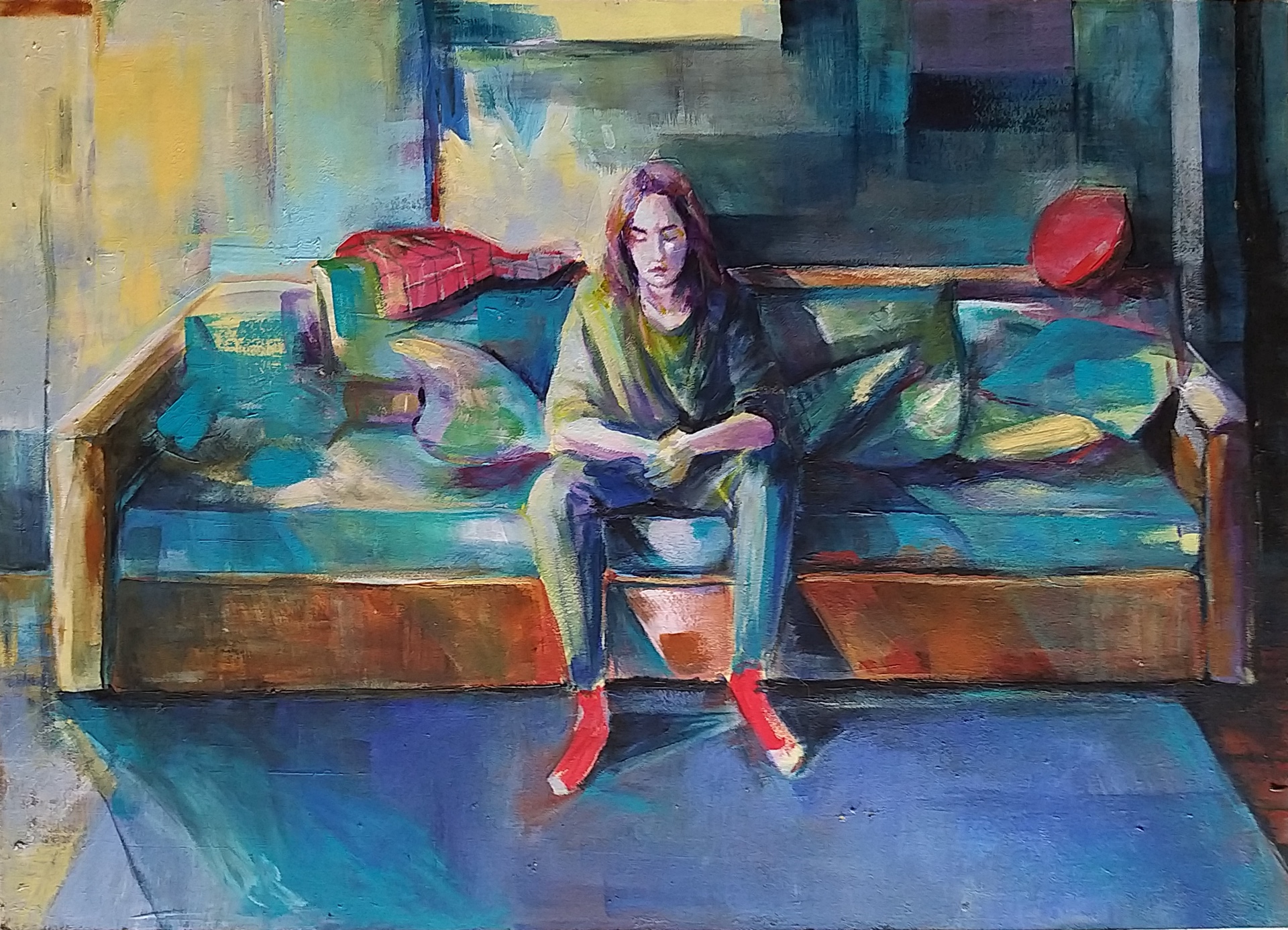
Aleksandra Kwiatkowska, I rok Malarstwo, studia licencjackie, Introwersja, 50×70 cm, akryl na desce 
Aleksandra Kwiatkowska, I rok Malarstwo, studia licencjackie, Migawka, 30×50 cm, akryl na desce 
Marek Zieliński, III rok Rzeźba, jednolite studia magisterskie, Amatorki sztuki, 70×90 cm, akryl na płótnie 
Aleksandra Kwiatkowska, I rok Malarstwo, studia licencjackie, Trawestacja, 150×90 cm, olej na płótnie. Anna Koprowska, I rok Animacja, studia licencjackie, Trawestacja obrazu Caspara Davida Friedricha „Wędrowiec po morzu mgły”, 50×60 cm, akryl na płótnie 
Dominika Pera, I rok Malarstwo, studia magisterskie, Kompozycja VII, 50×70 cm, olej na płótnie 
Dominika Pera, I rok Malarstwo, studia magisterskie, Odcięcie, 100×100 cm, olej na płótnie 
Dominika Pera, I rok Malarstwo, studia magisterskie, Za malarstwem, 90×80 cm, olej na płótnie